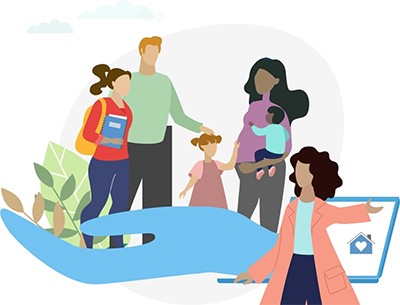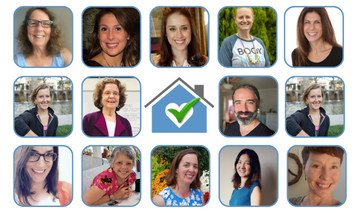Empowering Parents to Create Positive Change
Peace At Home Parenting is a trusted hub for knowledge and compassionate support, empowering parents to create meaningful change for their children, families, and themselves. Combining cutting-edge science, expert experience, and the power of relationships, we help parents navigate the unpredictable challenges of today’s world with confidence and clarity.
Expertise You Can Trust
Our team of 40+ advanced-degree specialists brings a wealth of expertise in parenting and child development, spanning from infancy through young adulthood. Our experts address a wide range of topics, including:
- Mental health concerns and school challenges
- Neurodiversity and LGBTQ+ identity formation
- Racism, grief, and other complex issues families face
Peace At Home experts translate the science of brain-body-behavior connections into practical, proven solutions that deliver quick, positive results. We emphasize the importance of parents prioritizing their well-being, understanding how their own childhood shapes their parenting, and embracing connection, curiosity, and calmness to nurture their child.
Tailored Support for Busy Parents
Designed for today’s time-strapped parents, we offer a variety of accessible resources, including:
- Live, interactive online workshops
- Personalized 1:1 consultations
- On-demand videos, handouts, blogs, and podcasts
Our goal is to empower parents with the tools they need to raise resilient children while fostering peace and balance at home.
Partnering for Change
We collaborate with corporations, universities, K-12 schools, and family service organizations that recognize the vital connection between family well-being and success. Together, we extend our mission to bring more peace and support to families everywhere. At Peace At Home Parenting, we believe that peace at home creates the foundation for a thriving world. Let’s build it together.




